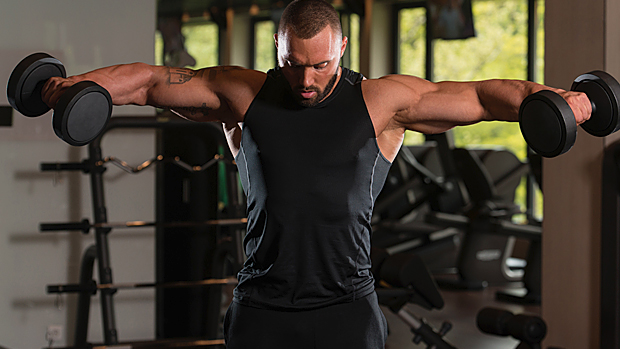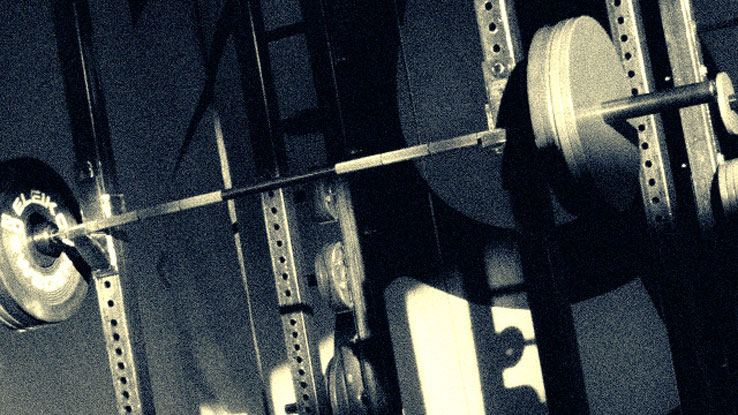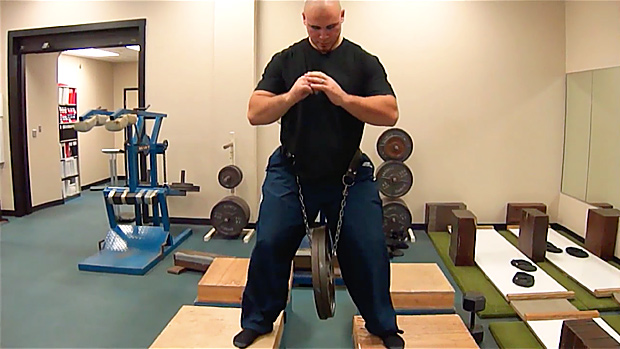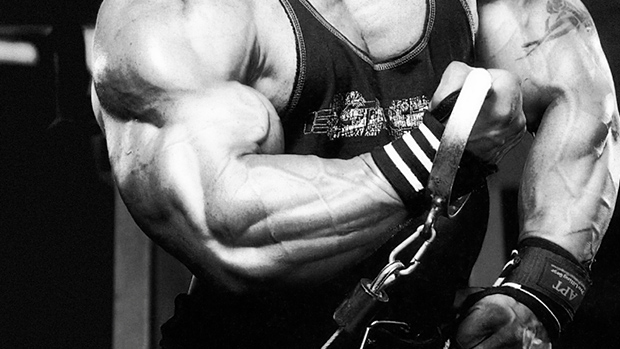Lateral raises target the medial head of the delt – typically the weakest and least developed area of the shoulder. When it's pronounced, you'll achieve that "capped" look that no shirt will be able to hide.
Check out these lateral raise variations:
One of the best ways to target specific muscles is to cut off any potential momentum. The dead stop-raise does just that.
- Hold two dumbbells with your arms locked at your sides. The dumbbells should be fully rested on the bench... or the floor if you're doing these at home.
- Bring your arms up to shoulder height. Bring them back down in a controlled manner until the dumbbells are fully rested on the bench. Come to a complete stop each rep.
An elevator rep is when you go through partial and full ranges of motion during each rep, increasing overall time under tension.
- Hold two dumbbells with your arms locked at your sides.
- Bring your arms up to shoulder height.
- Lower slightly – about one-third of the way down – and raise them back up to shoulder height.
- Lower about halfway down and raise them back to shoulder height.
- Lower them fully and raise them back to shoulder height.
That's one rep.
You're stronger during the eccentric (negative) phase of any given exercise and can handle more resistance. One of the best ways to increase the tension and demand of light weights is to slow down the eccentric portion of the lift.
- Hold two dumbbells at your sides.
- Bend your arms at 90 degrees, then bring them up to your sides. Your upper arm/humerus should be level with your shoulder.
- Keeping your upper arms at shoulder height, straighten them out to the sides.
- With your arms locked, slowly lower them back to your starting position for a 3-5 second count.
Don't let your ego dictate how much weight you use, particularly with isolation exercise like lateral raises where light weights will offer more return.





